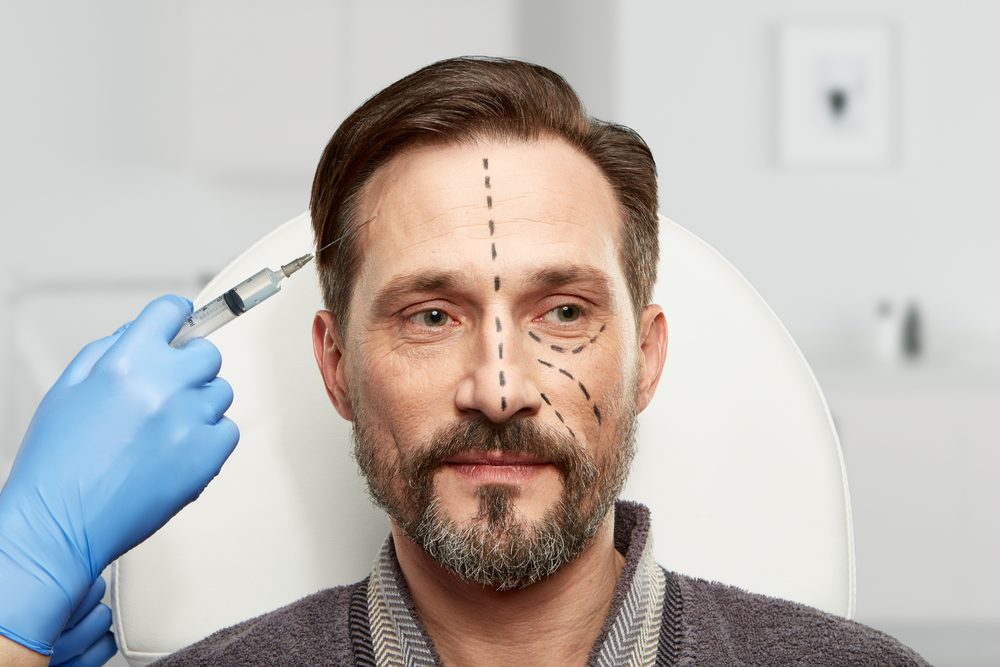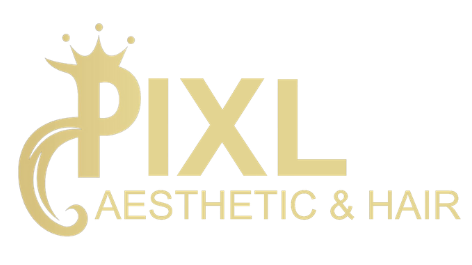
Prp Treatment in Turkey
You can meet your desire for thick and healthy hair with the PRP treatment in Turkey. Our experts support you with vampire lifting to greatly improve the results of your hair transplant.
The PRP treatment for hair loss is a low-risk therapy, in which the body’s own blood concentrate (Platelet Rich Plasma) is used. After being turned into a serum, it is then injected into the bald spots on the head.
FUE & DHI Animation
GET QUOTE IN 3 MINUTES
You can get a free hair analysis in under 3 minutes with our online assistant

Benefits of PRP treatment
- Increasing the viability of the hair follicles after a hair transplant (FUE with PRP)
- Faster recovery after a hair transplant
- Vitalisation and stimulation of the transplanted hair follicles after a hair transplant
It takes some time before the donor hairs are transplanted to the recipient area. Maintaining the viability of hair follicles in this period is important Therefore, the extracted follicles are stored and kept cool in a specially prepared liquid.
In a new process, PRP is added to the storage liquid, the positive effect can be seen immediately. A PRP injection has a positive effect on the viability of hair follicles, it accelerates wound healing and stimulates hair follicles for better and faster hair growth.
Testimonial
Frequently Asked Questions
What is Platelet Rich Plasma (PRP)?
Platelet Rich Plasma or PRP is a type of Regenerative Injection Therapy use to treat many soft tissue injuries (tendons and ligaments).
How is PRP therapy performed?
PRP involves taking blood from a vein in the arm and placing it into a special centrifuge. The platelets are separated from the rest of the components of the blood. The platelets are combined with a special substrate to enhance the effects. This is then injected into the injured or painful area. Once healing takes place, over the course of a few weeks, the pain should lessen.
Is this the same as a cortisone injection?
No. Cortisone injections are a synthetic corticosteroid that are injected in the joints or areas of soft tissue to reduce pain and inflammation. While cortisone injections in limited amounts can be helpful, they do not alter the underlying cause (disease process) and therefore often have to be repeated. There are many documented risks of having “too much cortisone” and suppression of the immune system. PRP involves using the patient’s own blood which contain natural growth factors that promote regenerative of tissue and decreased inflammation. PRP is aimed at being a curative treatment, whereas cortisone is not. PRP does not carry the same side effects as cortisone.
What musculoskeletal conditions can be treated with PRP?
Neck and back pain, , shoulder pain, rotator cuff injuries, knee pain, Knee bursitis, tennis elbow, golfers elbow, chronic ankle pain, Achilles tendonitis, hip bursitis.
How do I know if I am a candidate for PRP?
A consultation is required before any treatment may take place. The consultation includes a comprehensive review of your complaints, medical history and a thorough examination will be conducted. Diagnostic studies will be reviewed and/or ordered at the time of the consultation to determine the cause of your complaint(s). Once a diagnosis is established, Pixl Clinic will discuss treatment options with you including if you are a candidate for PRP. Often, other non-surgical treatments may be tried first. PRP is often just one element of a comprehensive treatment program.
How long does PRP take to perform?
Depending on the number of areas being treated, most procedures will be completed in 30 – 45 minutes.
Is PRP painful?
While everyone’s pain tolerances vary, patient’s report a range of discomfort from mild to moderate with PRP injections. A needle is used to draw blood from a vein in the arm initially and then small needles are used to perform the actual injection(s).
How do I know if PRP has helped me?
The answer to this is simple. PRP does not “mask” your pain and other symptoms like pain medication. If PRP has helped you, you will notice a difference in your overall pain level and function. Many patients will see an increase in overall pain levels initially, but as the healing process occurs, symptoms are expected to resolve gradually over the course of 4 to 6 weeks on average. Much depends on the patient’s overall level of health, age, diet, and activity levels. For some patients, repeat treatments may be needed.
How long does the effect from PRP last?
This is different for everyone. Much depends on the underlying disease process and whether there have been a recurrent injury to the affected area. It is impossible to predict if and when further treatments will be needed for a specific condition. In some cases, patients do come back months or years later for repeat PRP injections.
Is PRP experimental?
Most insurance carriers deem PRP as investigational as there has not been enough large studies of PRP conducted. Like other new medical technology, the science behind PRP is still developing. There are numerous Level I and II studies attesting to the safety and efficacy of use with specific musculoskeletal conditions.







